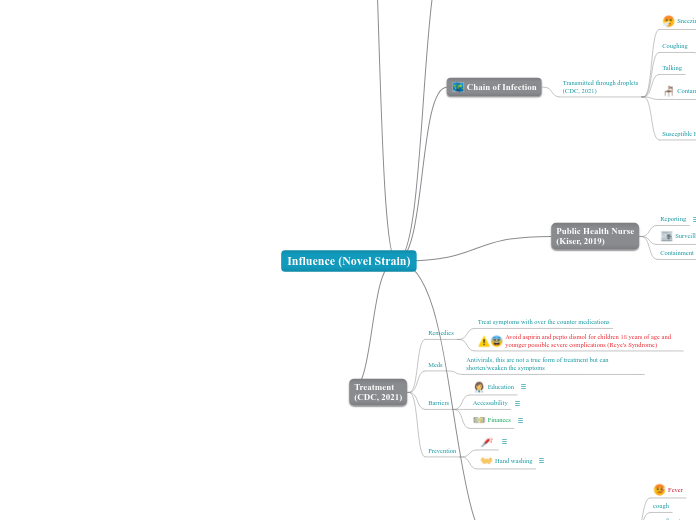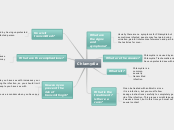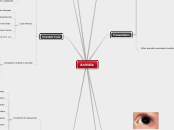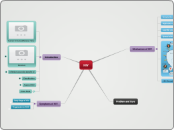Influence (Novel Strain)
Pathophysiology
(CDC, 2021)
Incubation Period
Infection period can start one day prior to symptoms and last 5-7 days after
Individual are contagious for 3-4 days upon their illness beginning
Stages of Disease
Once exposed/infected symptoms typically show up 2 days later but can be anywhere from 1-4 days
Symptoms
Fatigue
Can be due to vomiting or diarrhea this is seen more in children
Body aches
Including headaches
Runny/stuffy nose
sore throat
cough
Fever
Treatment
(CDC, 2021)
Prevention
Hand washing
Education patient on when to wash their hands:
- when visually soiled
- after using the restroom
- before eating
- after coughing, sneezing
Barriers
Finances
- No Health Insurance
- Lack of adequate health insurance
Accessability
- Inability to receive care patients may not have to means to get to care such as not having a vehicle or a license, lack of facilities open outside of the 8am-5pm window.
Education
Due to lack of education for the general public they may not understand to receive antiviral medications they need to visit a provider in 24-48 hours from onset of symptoms.
Meds
Antivirals, this are not a true form of treatment but can shorten/weaken the symptoms
Remedies
Avoid aspirin and pepto dismol for children 18 years of age and younger possible severe complications (Reye's Syndrome)
Treat symptoms with over the counter medications
Public Health Nurse
(Kiser, 2019)
Containment
Isolation
Providing proper education on how long to stay away from work and out of public places and help isolate the virus. This can help reduce the spread, making sure to wipe down all shared surfaces.
Surveillance
The point of surveillance is to monitor the effectiveness of efforts to prevent influenza using state, local and territorial health including data from:
- influenza activity and where is it present
- help identify which strain is present
- identify changes within the virus
- monitor illness including inpatient, outpatient and deaths
Reporting
South Dakota has a mandatory report system with CDC for:
- flu like illness
- regional active cases
- widespread activity
Chain of Infection
Transmitted through droplets
(CDC, 2021)
Susceptible Host
If the body is unable to fight it off these individuals with have the virus
High Risk: weak immune systems due to age (young and old), chronic health conditions (such as diabetes, asthma, or heart disease), and pregnant woman
Although all of the previous items are present some individuals immune system is able to fight it off
Contaminated Surfaces
Its possible an individual can touch a surface with the virus present and then transmit it to themselves by touching their eyes, nose or mouth.
Talking
Coughing
All 3 are the mode of transmission that moves the virus into another person mouth, eyes, or nose. Allowing the virus to enter another host
Covering nose and mouth with coughing or sneezing with help prevent the spread
Sneezing
Epidemiology
World Wide
(CDC, 2021)
Incidence
8.3%
United States (%)
(South Dakota Department of Health, 2021)
65+
Symptomatic Illness: 8.7
Medical Visits: 10.4
Hospitalizations: 57.0
Death: 74.8
50-64
Symptomatic Illness: 26.0
Medical Visits: 24.0
Hospitalizations:20.0
Death: 16.6
18-49
Symptomatic Illness: 33.5
Medical Visits: 26.7
Hospitalizations: 13.6
Death: 7.2
5-17
Symptomatic Illness: 21.6
Medical Visits: 24.1
Hospitalizations: 4.3
Death: 0.6
0-4
Symptomatic Illness: 10.2
Medical Visits: 14.7
Hospitalizations: 5.2
Death: 0.8
Back Ground
(CDC, 2021)
Isolated by Christopher Andrews, Wilson Smith and Patrick Laidrow
First Isolated in Humans in 1933
Has believed to have been present for 6,000 years








